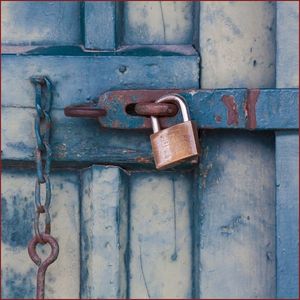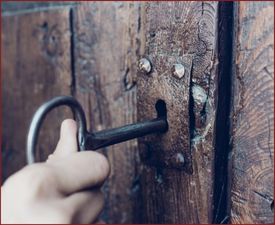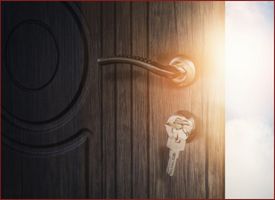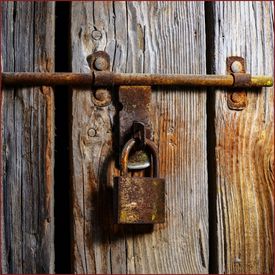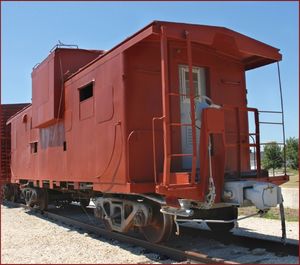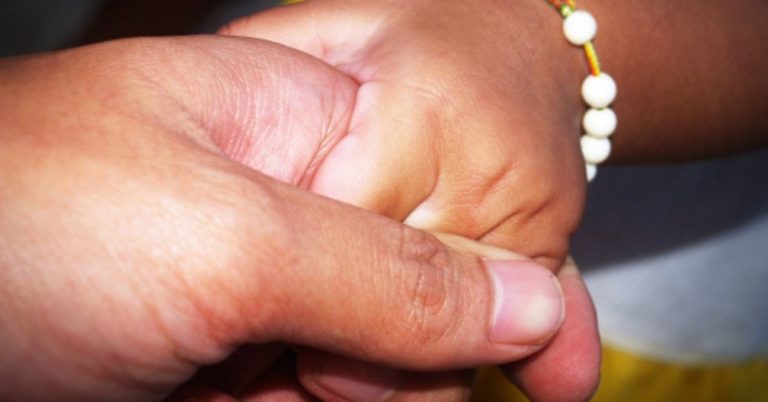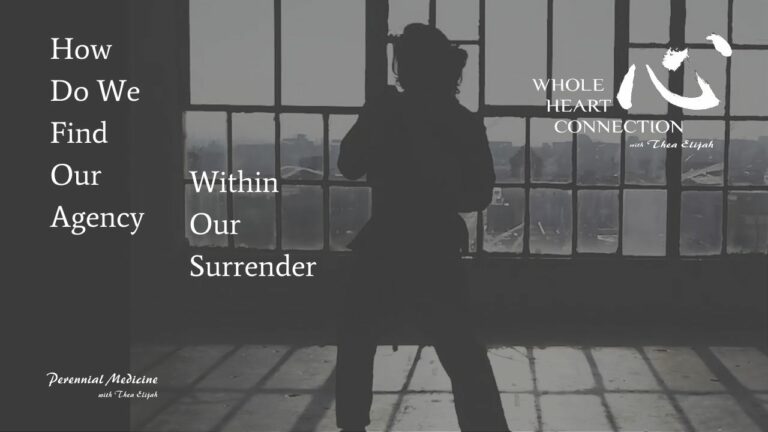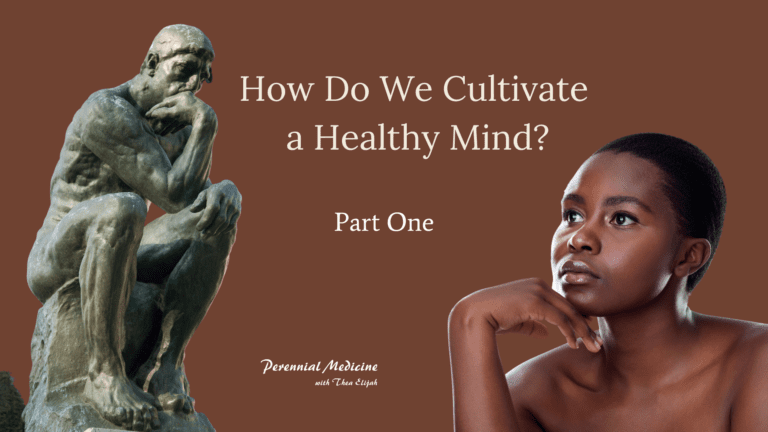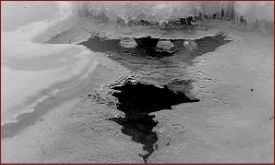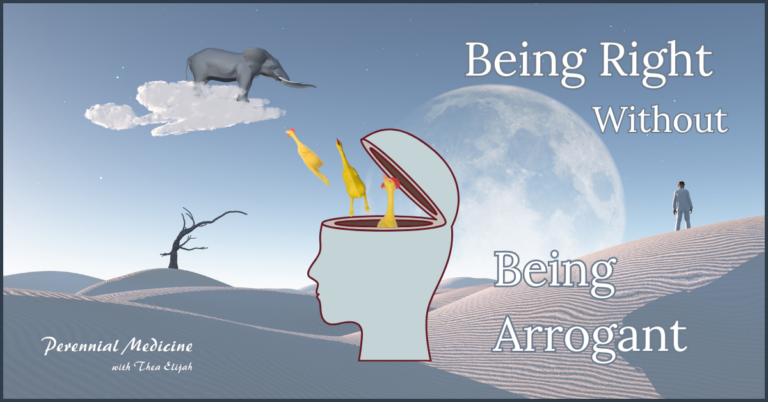What is Safety?
Here is an excerpt from a recent Whole Heart Connection: Making Connections day. It was a revolutionary moment for us, and so I wanted to share it. The transmission is better if you watch the video while in your body, open and settled. It’s followed by an edited version of the transcript, where I completed some sentences more clearly and spelled things out a bit more than I was able to in the video. So it’s worth checking out both.
What is Safety?
Safety, for many people, means “I won’t get hurt.” The problem is, we’ve all already been hurt, so it’s too late. From then on, we never feel safe, because, “Okay, it does already hurt. Therefore I’m not safe, ever, ever, ever, ever ever.”
That definition of safety is extremely common. It may be the most common definition of safety, i.e. safe = pain free. It’s common, but I think it’s a huge bummer, because then you never get to feel safe.
What we are looking at now is the redefinition of safety from ‘pain free’ to ‘resourced with recovery capacity.’ This means that while you might get hurt, something inside of you knows that it’s okay, because you can heal.
That’s a redefinition of safety—and the redefinition of safety is not the same as the achieving of it. If anybody understands this concept but doesn’t feel like they are there yet, that’s totally fine.
Let’s at least look at the question of, “Am I safe, if I’m well enough resourced?” This means that something could happen that might actually hurt a lot, but I am well-resourced enough that I can move through it and still be myself. I can keep true to my essential intactness, and not be broken or damaged—just hurt. There is so much pain that we could be in, but when we are well resourced, we are not damaged by it.
It’s similar to murkiness with heart, versus murkiness without heart. Murkiness with heart is still murky! Then there’s pain with heart, and pain in loss of heart. Pain with heart, damn it, is still pain. Same with agony. Same with the feeling of devastation and betrayal.
Devastation and betrayal in loss of heart is a type of damage, because then there’s closure; then there’s inability to do our original dance. That’s damage. On some level, we’re not living anymore as ourselves.
This kind of shutdown is not a bad temporary state. It beats bleeding to death and dying on the spot. It really is better—so don’t think that I’m judging it at all.
Now, with heart, we are feeling our way into something that still is going to hurt, maybe a lot. Maybe more than we ever hurt before. But am I damaged? Or is this hurt-with-heart, and I do not like it. Any healthy person is really, really really, really not going to like it. That is not the same as damage. Pain with heart definitely hurts, but it is not unsafe. We are not being damaged.
What would it be like, to feel so resourced by heart that we could handle a lot of pain without it twisting into damage? Gingerly, the way that you let your tongue probe a tooth that is painful, we can let ourselves explore the presence of pain that isn’t damage.
We can also do that same kind of very gentle exploration into the places where we do feel damaged. Don’t go all the way into it—just enough to be able to recognize that kind of twist, that feeling of, “Okay, they got me, and the bullet didn’t go all the way through, and I twisted down around it. Now I’m carrying damage.”
I’m wanting us to just have a moment in group heart to be able to feel it, but please be careful—you don’t have to go all the way into it. You can just notice in the distance: “Oh look, those are some places where I feel damaged.”
How not mysterious, how not exotic. How not terrifying. Because now we know something about how we come back out of damage—and dammit, it has something to do with feeling pain and not liking it, you won’t like it, you will not like it, it will hurt—but there will be heart, and healing.
You don’t have to go fast. You don’t have to dive into it. Pacing matters, resourcing matters—it is utterly necessary and vital to go towards the place of pain with heart. But it also matters just to know, and have it out there somewhere on the horizon, that I could be in contact with the pain, with enough heart-resource to feel it, feel it, feel it, feel it and not like it at all, but not be damaged—to know that in those damaged places, there is the possibility of a do-over. There is the possibility of healing in heart space.
We approach the damaged places just like the simply painful places: gently. We start by sending it little messages, “Hey there. You know, there’s this other redefinition of safety… I know you don’t know what I’m talking about, but I just wanted to notify you…” and it’ll probably say, “Shut up. Shut up. Shut up. Don’t talk to me.” And that’s okay.
There’s an engine and a caboose in each of us. The place that feels damaged, with the twist and the story, that’s a caboose. You don’t want to fall head-first into it. Definitely keep your hand on the part of your body where you feel it. Keep your hand on that spot. But keep your heart with the Big Heart. We all need this connection to the Big Heart first; this so important in healing. Everybody’s got an engine; stoking the engine matters. Just the act of remembering that we have an engine it matters.
Everybody’s also got a caboose. Sometimes it’s hurting bad. That’s fine. But sometimes we can get mesmerized by the caboose.
This may sound disrespectful. I hope that you know me well enough not to take it that way: When you’re getting mesmerized by the caboose, it’s better to do something like say, “La la la la la la la,” and come back to it a few moments later. Break eye contact with it. Otherwise it’s like the mongoose with the snake. It gets so intense, and we get locked into it. It’s right there in your face, and it’s hypnotic; it’s like getting sucked into a black hole–and that’s not healing.
It happens, it happens. It happens so easily. And then we need to say “Lalalalalala, I’m gonna get some dance lessons right now… Doo da da da da da da da. Oh, look, the lamp…” It breaks the hypnotic spell enough to be able to say, “Okay, that’s the caboose, so there must be an engine here. Where’s that engine?”
Sometimes when that caboose has got us caught with that black hole gravity force, sometimes we may even need to walk away from it for a few days, while saying “I can’t approach that one without a more heart-stoked engine.” Maybe I call up my whole heart connection buddy and sit back to back, heart to heart, while they help me strengthen my engine enough that I don’t get swallowed up into thinking that I’m nothing but a damaged caboose.
Most of us have taken a certain amount of damage by the age of one day. It’s not exotic. It’s not weird. It’s only scary when we get sucked up into it with no resources.
With resources, with heart, we heal. With enough resources, and enough heart, we do feel the pain, but we are not damaged.
To learn more, join Thea at an upcoming workshop.
To join the discussion, find us on my Perennial Medicine discussion listserv (all are welcome).
